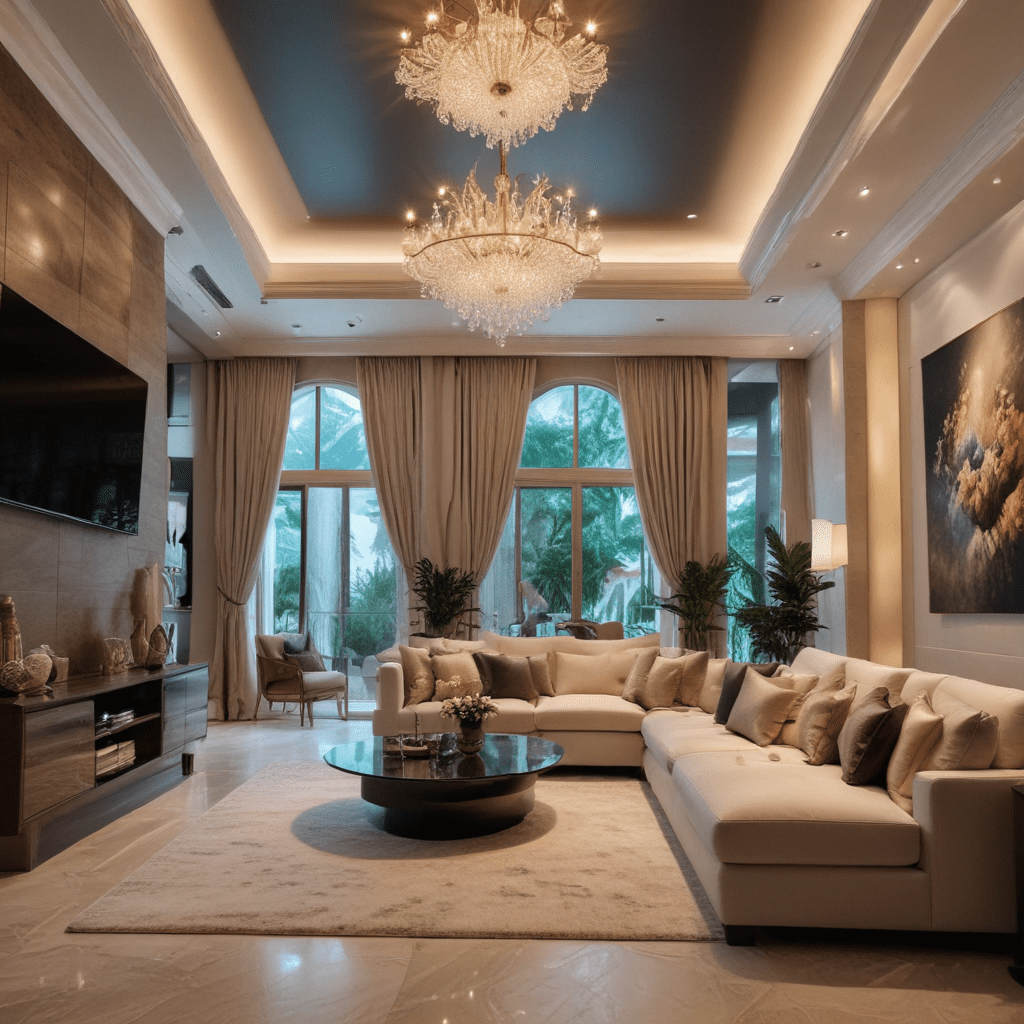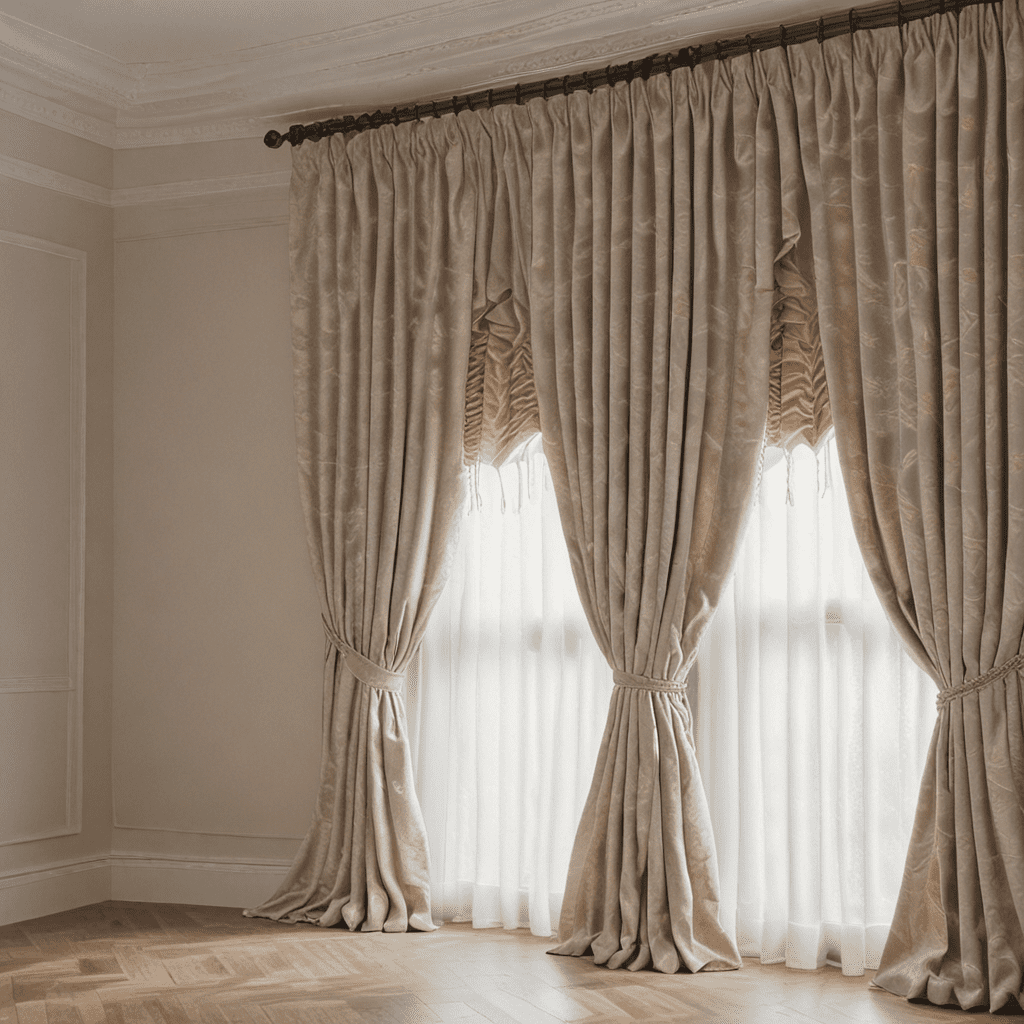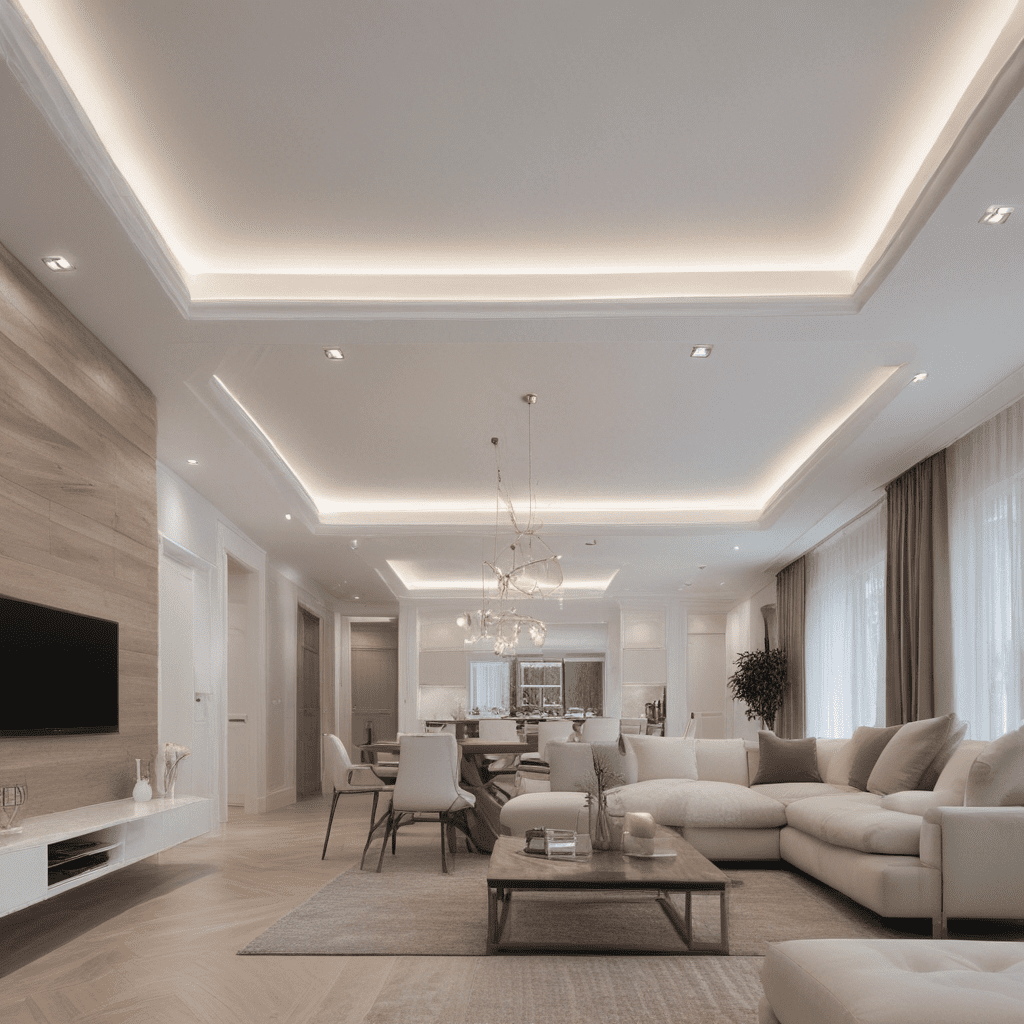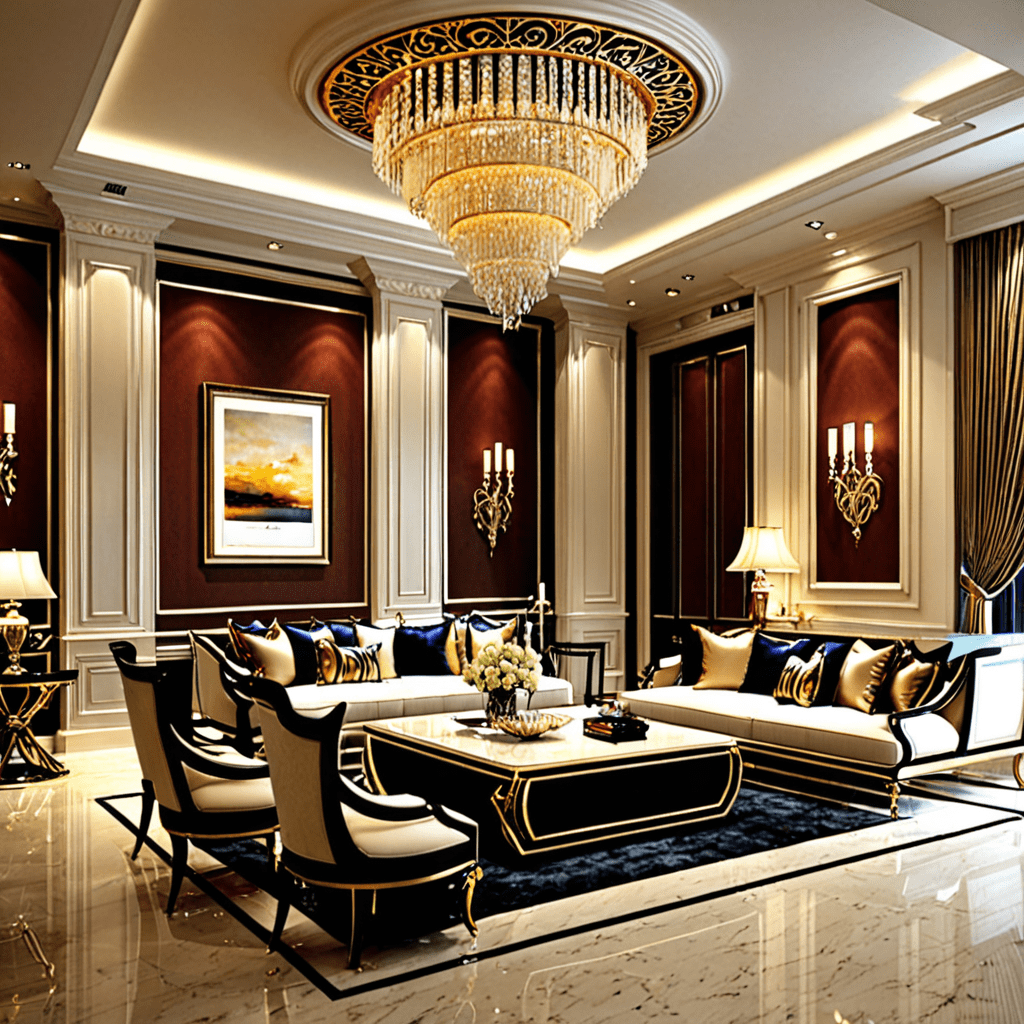Soundproofing Solutions: How to Block Out Noise
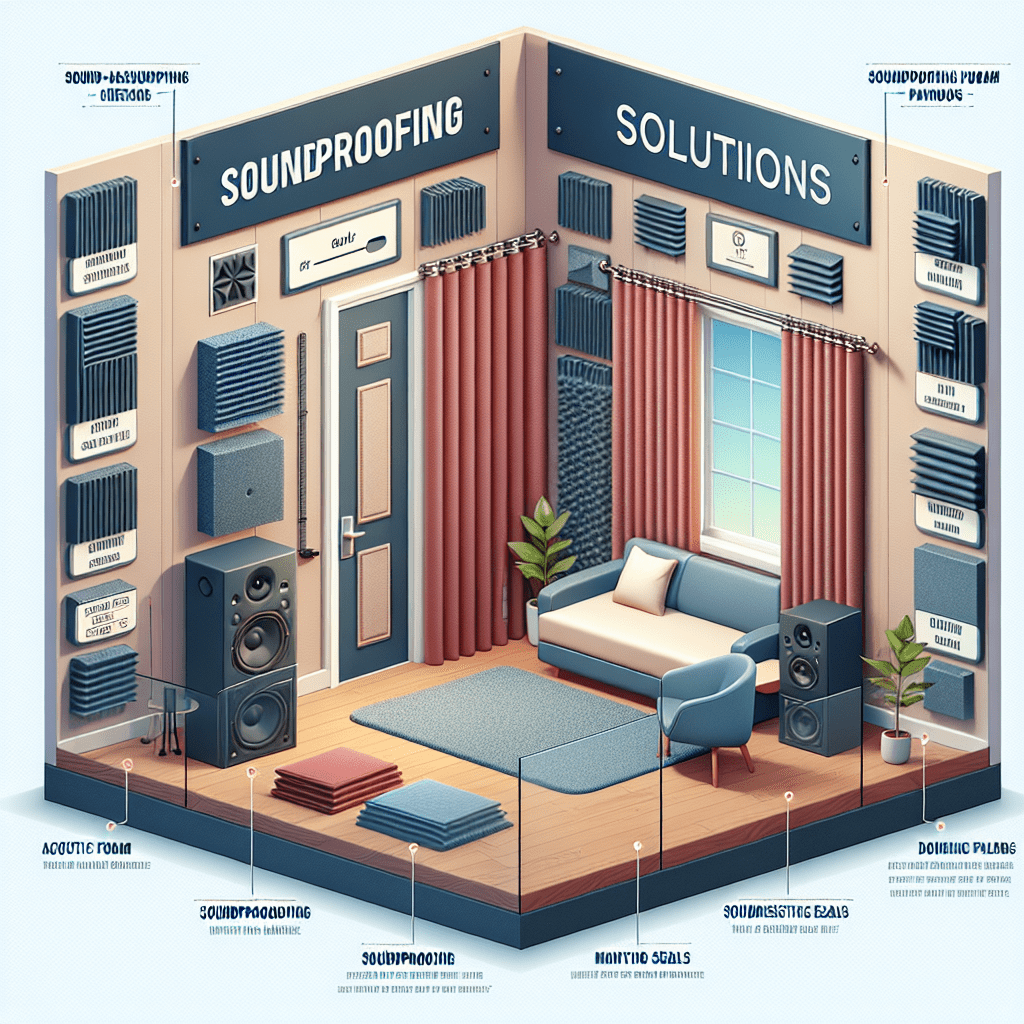

Soundproofing Solutions: How to Block Out Noise
Introduction
In the hustle and bustle of daily life, finding tranquility within your home has become more than a luxury—it is a necessity. Interior design transcends mere aesthetics, playing a pivotal role in creating serene havens where one can escape the omnipresent noise of the outside world. Effective soundproofing solutions integrate seamlessly with design elements to provide both comfort and functionality. In modern interiors, a well-planned soundproof space not only enhances the calmness of your environment but also contributes to your well-being and productivity. Let’s delve into how you can incorporate soundproofing into your home’s design while maintaining style and elegance.
Key Elements of Soundproofing Solutions
When considering interior design, soundproofing solutions can be stylishly integrated through various elements. Here are some of the key components to consider:
- Element 1: Wall Treatments
Textured wall panels and soft wallcoverings are not only trendy but also serve as effective sound absorbers. They double as artistic features while improving room acoustics. - Element 2: Flooring
Thick carpets and rugs are not only a statement of luxury; they absorb sound more efficiently than hard surfaces, reducing echo and footstep noise across your space. - Element 3: Window Treatments
Heavy curtains and specially designed acoustic blinds can drastically cut down on sound transmission from outside, all while adding to the room’s visual appeal. Element 4: Furniture Layout
Strategic placement of bookshelves and upholstered furniture can help in diffusing sound waves, thus minimizing noise levels in a room.Element 5: Ceiling Solutions
Acoustic ceiling tiles are becoming a popular choice, combining functionality with modern designs to reduce noise from above.Element 6: Decorative Accessories
Cushions, tapestries, and canvas art not only decorate the space but also serve as additional surfaces to trap unwanted sound.
Tips for Soundproofing Solutions
Incorporating soundproofing into your interior design requires careful consideration of a few critical factors:
- Tip 1: Prioritize Key Areas
- Focus on rooms where peace is essential, like bedrooms and home offices. This targeted approach ensures that you’re efficiently allocating resources to maximize tranquility.
- Tip 2: Select Dual-Purpose Furniture
- Invest in furniture that is both aesthetically pleasing and functional. Ottomans and sofas with dense padding are excellent choices for combining comfort with noise reduction.
- Tip 3: Balance Hard and Soft Surfaces
- Ensure a mix of hard and soft surfaces to prevent echo. Introduce plush elements in rooms with hard flooring or surfaces to help absorb sound.
- Tip 4: Opt for High-Quality Materials
- Using premium sound-absorbing materials can make a significant difference. While they may come at a higher upfront cost, their effectiveness and durability offer long-term benefits.
- Tip 5: Consider Professional Assessment
- For optimal results, engage with a professional to analyze your space and recommend tailored soundproofing solutions that complement your interior design.
FAQ about Soundproofing Solutions
Question 1: What is the most effective way to soundproof an existing room?
– Answer: The effectiveness of soundproofing depends on several factors, including the type of noise and its source. Combining various techniques such as adding mass-loaded vinyl to walls, sealing gaps around doors and windows, using acoustic panels, and incorporating soft furnishings can yield significant results in reducing noise intrusion.
Question 2: Can soundproofing solutions be environmentally friendly?
– Answer: Absolutely, there is a growing trend towards using sustainable materials in soundproofing. Options such as cork panels, recycled cotton insulation, and natural fiber curtains contribute to soundproofing while being eco-conscious.
Question 3: How does soundproofing affect the resale value of a home?
– Answer: Soundproofing is generally seen as a value-adding feature, particularly in urban areas or noisy neighborhoods. Potential buyers often view a soundproofed home as more desirable, which can positively influence the resale value.
Question 4: Is it possible to soundproof a space without compromising on style?
– Answer: Soundproofing and style are not mutually exclusive. Many contemporary soundproofing materials are designed to be visually appealing and can even serve as focal points within a room—think acoustic art panels or designer sound-absorbing curtains.
Question 5: Can I DIY my soundproofing project, or should I hire a professional?
– Answer: While some soundproofing projects can be a DIY endeavor, such as installing door seals or hanging heavy curtains, for more complex issues, it’s advisable to consult a professional. They can provide a more nuanced approach that is tailored to your specific needs and ensure that the soundproofing is done effectively without detracting from the design of your space.
Creating a soundproof sanctuary in the midst of a noisy world is not only about silencing the din but also about crafting a space that speaks to your aesthetic sensibilities. Thoughtfully chosen soundproofing solutions not only serve the functional need for quiet but also complement and enhance the overall design of your home. Whether you choose to embark on this journey alone or with the guidance of a professional, remember that every layer of soundproofing is a step towards achieving the harmonious living environment you deserve.
